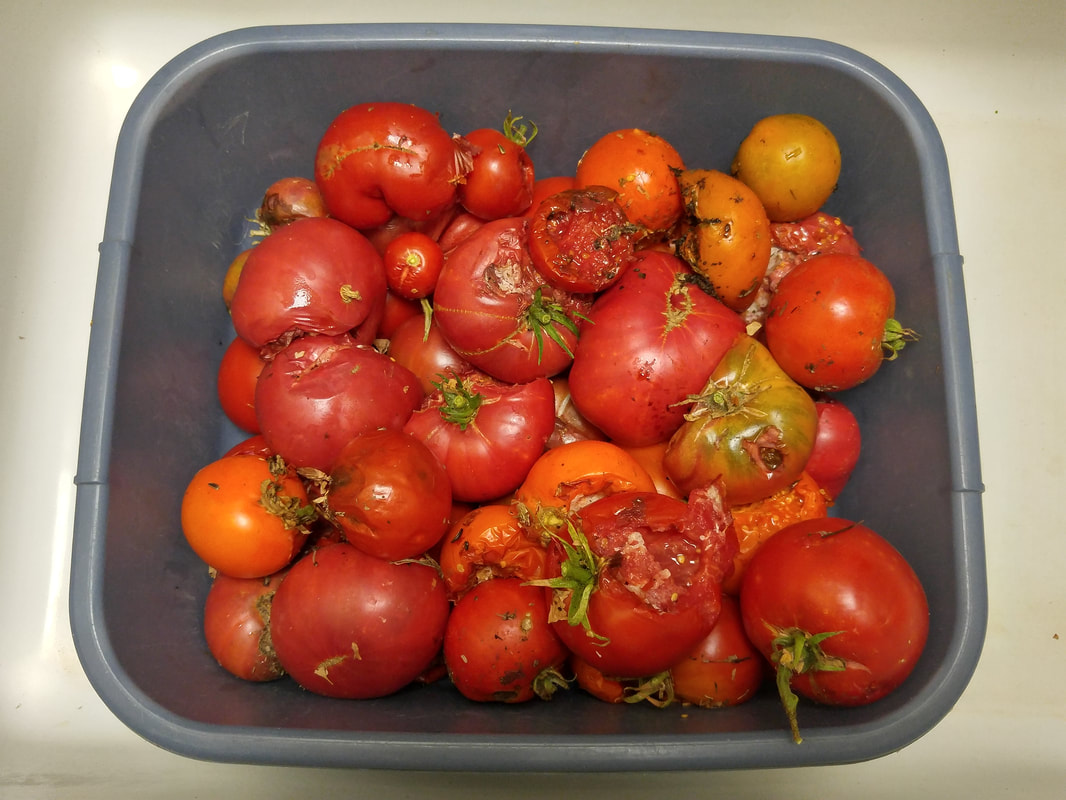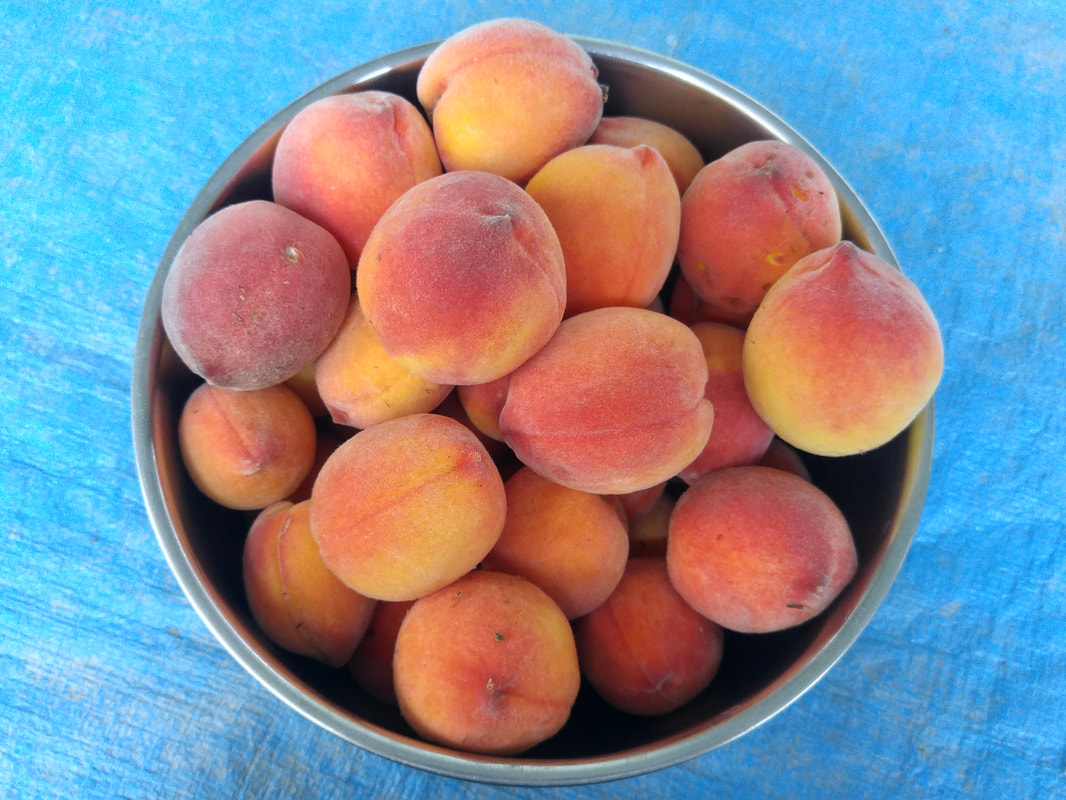| | With the popularity of coffee-drink stores like Starbucks and Peet’s and so many others – seemingly on nearly every block in shopping areas – gardeners have nearby and plentiful access to this free nutrient-rich resource. While it can be composted, its great advantage is that it can be applied directly to garden beds. Spreading the grounds an inch thick and watering in provides slow-release nutrients to the soil and plant roots, including nitrogen, phosphorus, potassium, magnesium and copper. As they decompose naturally, and you incorporate them into the soil between crops, the grounds’ slight acidity also aids the soil structure. With many Starbucks, Peet’s and other vendors eager to have their grounds taken by gardeners instead of having to throw them away, they’re available for free, many times already packaged up. What a bargain! Here’re the simple steps I take 1. Dump the bag of grounds and their filters onto the soil. 2. Shake the grounds off the filters. 3. Spread the grounds about an inch thick. 4. Water the grounds so they’re thoroughly moist. 5. Distribute the filters on top of the compost pile, preferably only one layer thick since the dry ones will repel water and take longer to decompose. 6. Add a layer of greenery on top of the layer of filters. 7. Water the compost pile to thoroughly moisten the filters. Manure Is Another Nutrient-Rich Mulch Manure can be applied as a mulch directly onto globe artichokes, asparagus, cabbages and other cole crops, cucumbers, melons, sweet corn, and squash -- but don't let it touch the stems or foliage, as it will burn them. Keep high-nitrogen fertilizers away from beans, beets, carrots, parsnips, sweet and white potatoes, and tomatoes, or there'll be more foliage than fruit. Watering Continue watering and feeding the entire garden with a balanced fertilizer and manure tea or fish emulsion every other week or so for steady growth and food production. Foliar sprays of liquid seaweed help trees, vegetables, fruits, and ornamentals withstand heat stress. Pay special attention to shallow-rooted plants, which wilt and dry out quickly in hot, dry weather. Remember to not overhead water late in the day during warm weather, when leaves can't dry off by sunset, as this encourages diseases. Tomatoes and other large plants in loamy clay soil use about one inch of water in three days of hot dry weather. Rinse the undersides of leaves with water to discourage spider mites. Water and fertilize melons deeply once a week for juicy, fleshy fruits. Hold off irrigating melons about a week before they will ripen so their sugars will concentrate. Soak strawberry beds and fruit and nut trees every other week this month if the weather's especially hot. Keep citrus and avocado trees well-watered through the summer. Build a basin for water to soak in deeply, but start it one foot away from the trunk to prevent crown rot. Propping Up Vine Fruits Protect vine crop fruits like melons and squash from snails and slugs by lifting the fruits or vegetables onto cans, berry baskets, or boards. Metal cans speed ripening and swetening of melons by concentrating the sun's warmth and transfering it to the melons. Place ripening melons onto upside down aluminum pie pans or cans to keep them off the damp soil. The reflected heat and light will help them ripen evenly and sooner than when they are shaded by foliage. |
|
4 Comments
8/15/2017 08:23:25 pm
Yvonne you're the best! I could hear your voice as I read this blog. Good luck with the Sungolds. I have to tell you I planted Celebrity in a lot of our gardens this year because of your suggestion. They did great and the taste was a old fashioned tomato taste, just as you said it was. Have a great cool growing season.
Reply
Hi, Andy --
Reply
12/23/2021 06:00:49 pm
I didn't know that coffee grounds helped plants grow. I need to get a landscaper to lay down mulch. My lawn needs to be restored to a green color.
Reply
Leave a Reply. |
Categories |














 RSS Feed
RSS Feed